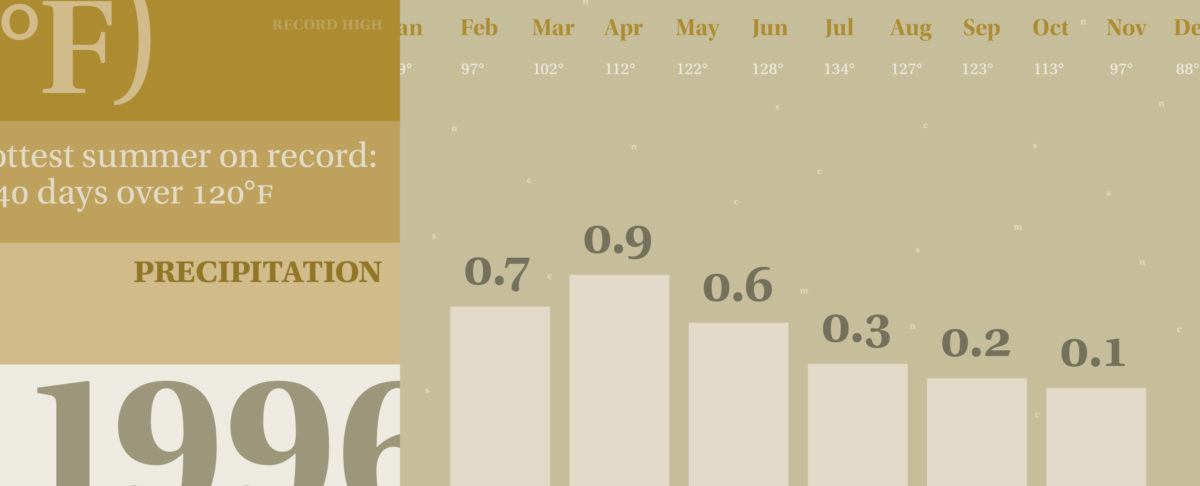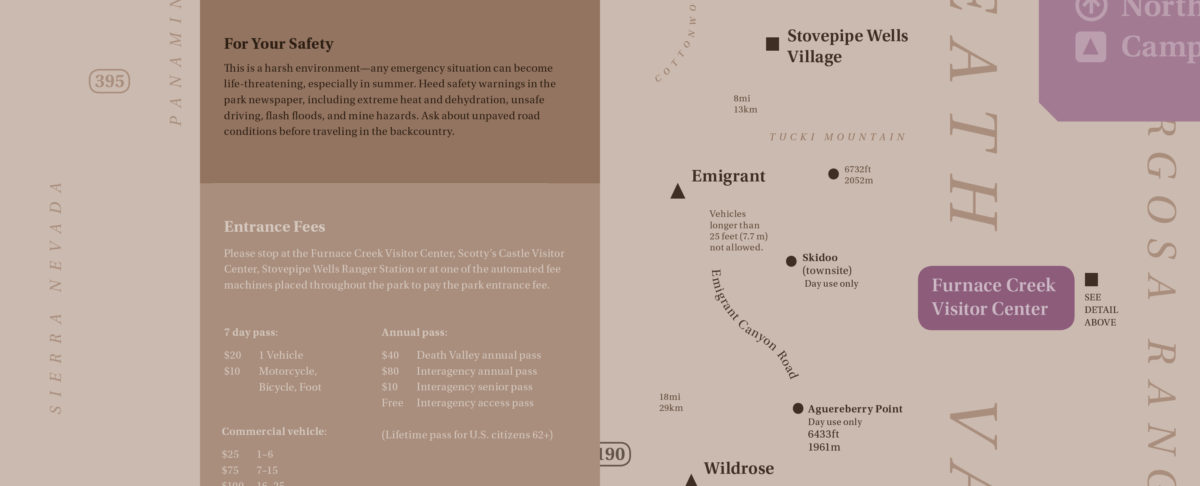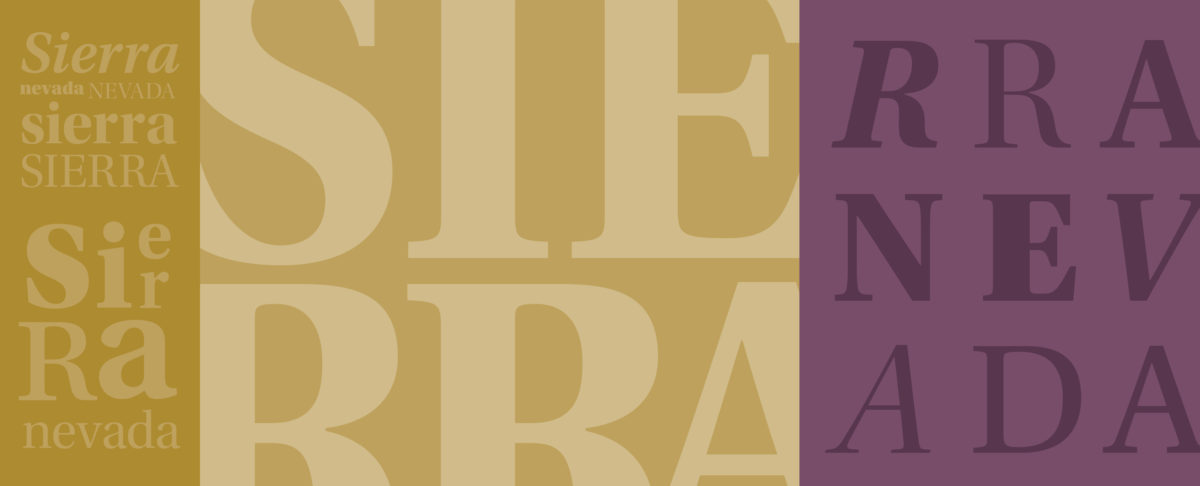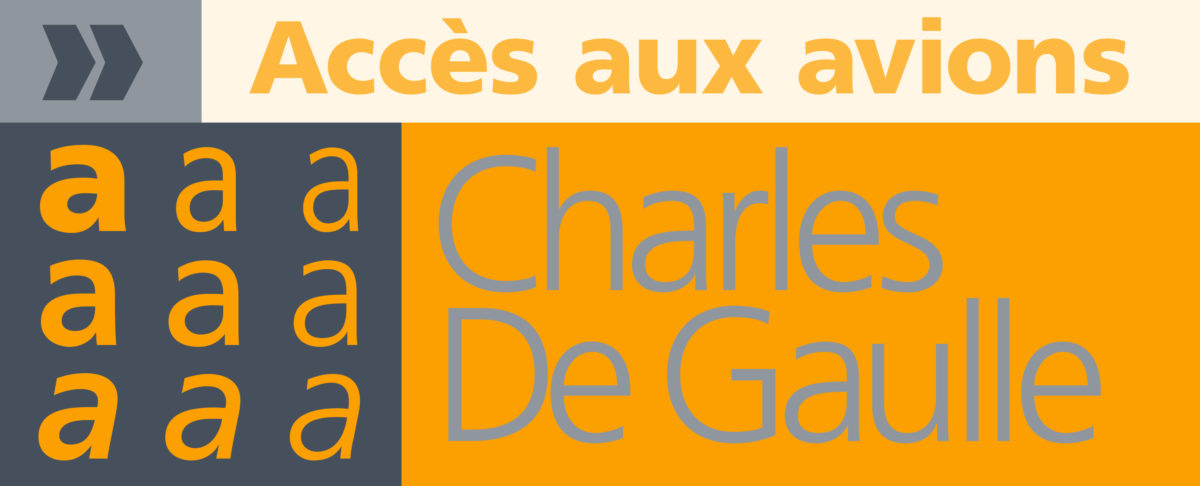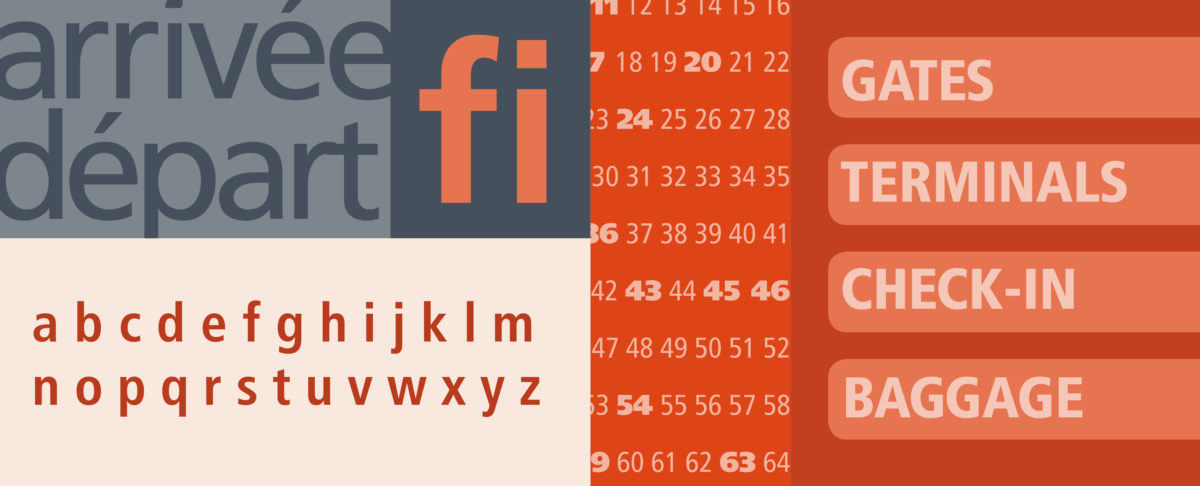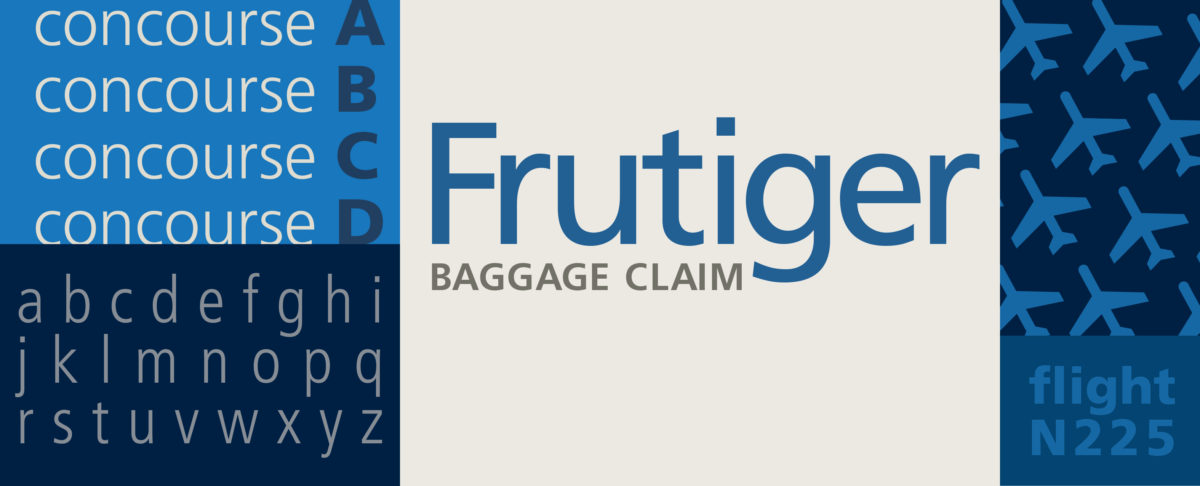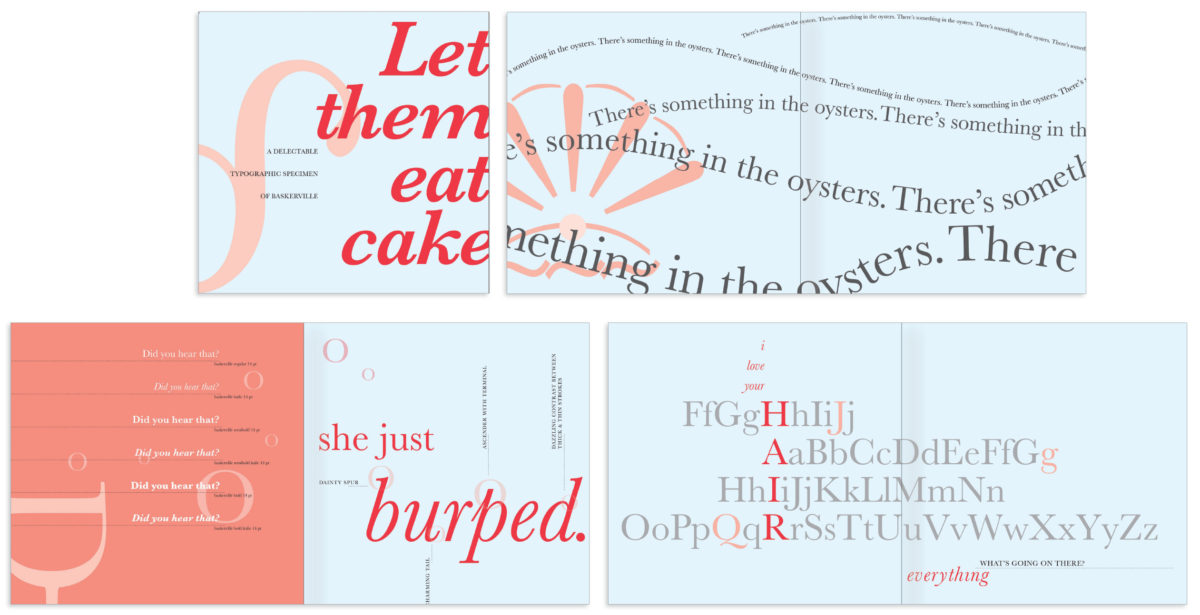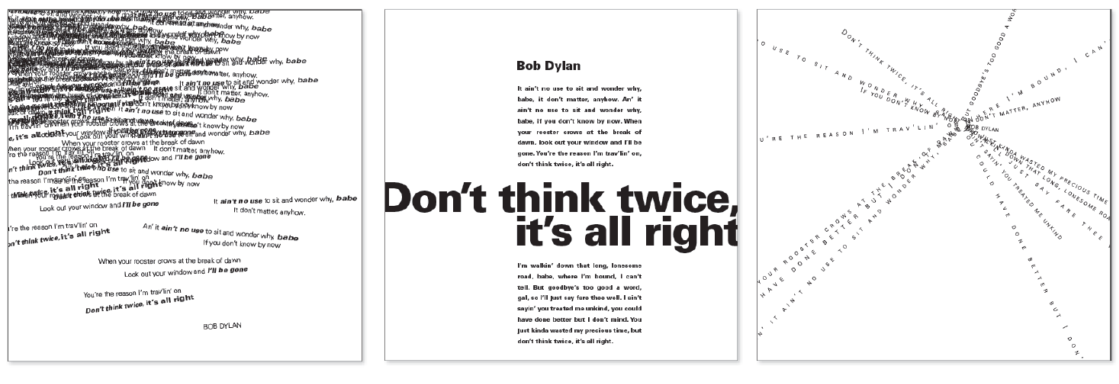Typography I is a course for first-semester majors that introduces typography as integral elements of visual communication design. Students gain an understanding of the importance of skillful typography in effective graphic design and develop a sensitivity to the needs of viewers/readers through an awareness of the extreme subtleties inherent in typography.
Project topics cover letterform anatomy and terminology, principles of spacing in typography, the visual enhancement of language and message, principles of legibility and readability, and information hierarchy.



